Themes
This page features brief descriptions of themes related to Quakers and Slavery. Take the
opportunity to learn more about Quakers & Slavery by browsing documents and reading
scholarly commentary related to each of the following themes.
|
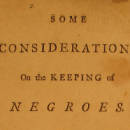
|
1754  
In 1754 the Society of Friends began to take a clear stance on the issue of slavery.
The Philadelphia Yearly Meeting approved the publication of John Woolman's essay
against slavery "Some Considerations on the Keeping of Negroes".
Woolman's essay protests slavery on religious grounds. Later in the same year
Philadelphia Yearly Meeting wrote AN EPISTLE of Caution and Advice, to the Quarterly
Meetings urging against the buying and keeping of slaves.
|
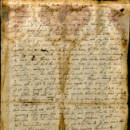 |
Early Protests  
Some members of the Society of Friends in Philadelphia took an anti-slavery stance as
early as the late 17th century. Their position on the issue of slavery was written
in protests and presented to various meetings up the hierarchical chain finally
reaching the Philadelphia Yearly Meeting. Learn more about these early protests and
the Philadelphia Yearly Meeting's response.
|
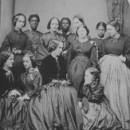 |
Radical Quaker Women  
Learn about radical Quaker women by exploring their role abolition in Pennsylvania
and the early Women�s rights movement. Topics discussed include the American
Anti-Slavery Society, rural Quaker women, and the first Women�s Rights Convention
held at Seneca Falls, New York, 1848.
|
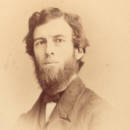 |
Rescue of Jane Johnson
 
In 1855, the slave Jane Johnson and her two children travelled through Philadelphia
with their master, John Hill Wheeler. Johnson sent a message to the Pennsylvania
Anti-Slavery Society that she wished to escape, and on July 18, Passmore Williamson,
William Still, and five other free blacks confronted Wheeler and escorted Johnson
and her children to freedom. The event was one of the first challenges to the 1850
Fugitive Slave Law. Passmore Williamson, William Still and the other free blacks
were charged for their role in Johnson's 'abduction;' Lucretia and James Mott
sheltered Johnson during the trial so that she could testify on her rescuers'
behalf.
|
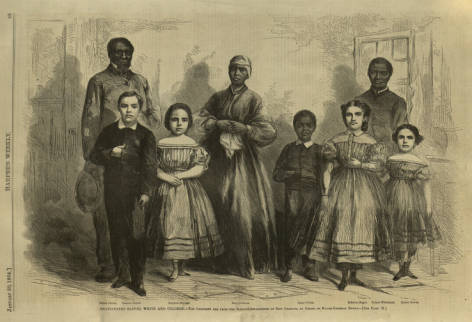 |
The White Slaves  
In 1863, the National Freedman's Association, in collaboration with the American
Missionary Association and interested officers of the Union Army, launched a
propaganda campaign to raise money to keep schools running in Louisiana. Five
children and three adults, all former slaves from New Orleans, were sent to the
North on a publicity tour. The authors of this campaign aroused sympathy for blacks
by portraying them as white. The portraits were sold for 25 cents each. The proceeds
of the sale were directed to Maj. Gen. Nathaniel P. Banks in Louisiana, where the
money would be "devoted to the education of colored people."
|